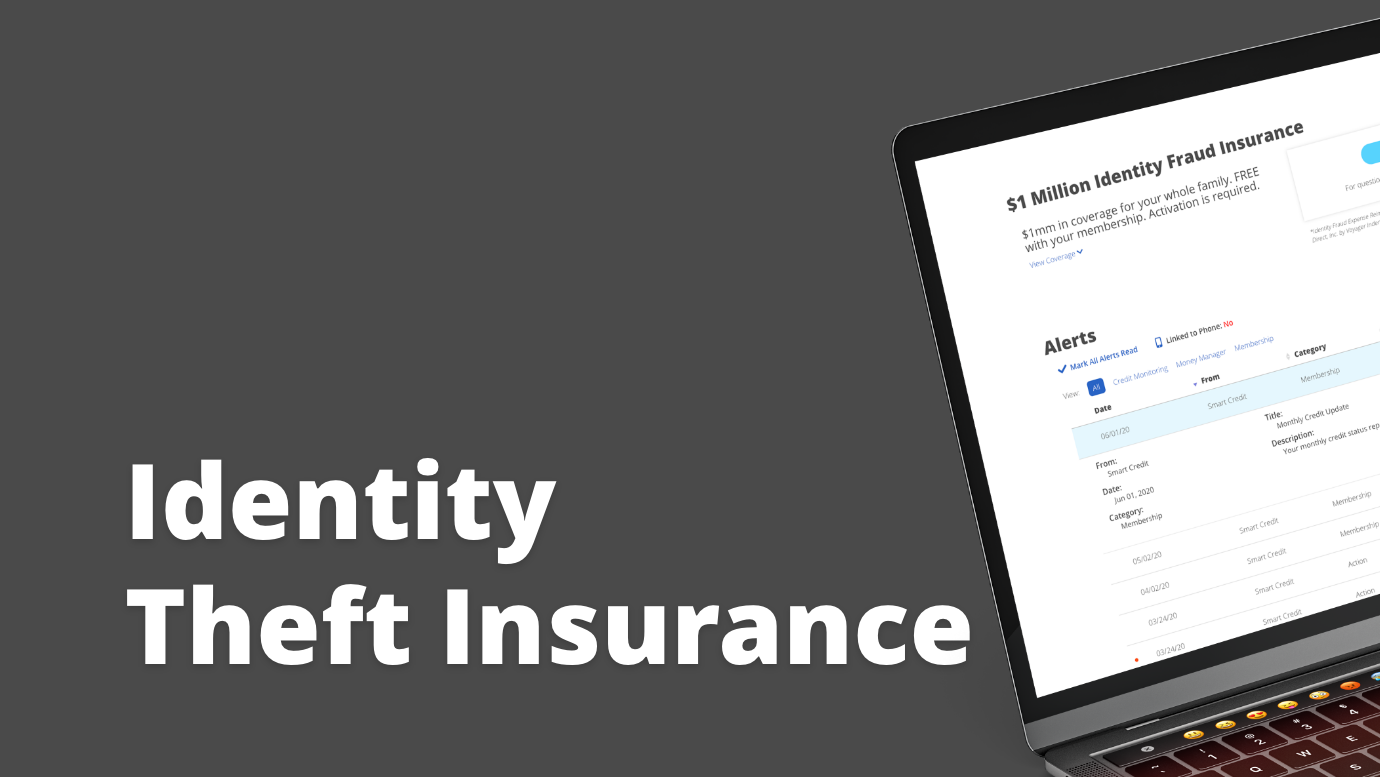

- Passwordbox safety identity theft install#
- Passwordbox safety identity theft software#
- Passwordbox safety identity theft password#
- Passwordbox safety identity theft windows#
Passwordbox safety identity theft password#
Protect your wireless router with a password and use flash drives cautiously.
Passwordbox safety identity theft windows#
Windows comes with Microsoft Defender Antivirus already installed and turned on.
Passwordbox safety identity theft install#
Install legitimate antivirus and antispyware software.
Passwordbox safety identity theft software#
Reduce your risk of identity theft by keeping all software (including your web browser) current with automatic updating. For more information see Getting started with identity theft monitoring in Microsoft Defender. can turn on identity theft monitoring in Microsoft Defender.

Tip: Microsoft 365 Family and Personal subscribers in the U.S. You'll find some tips on creating and using secure passwords here: Create and use strong passwords. Writing them down is ok, as long as it's on a well-protected piece of paper away from your computer. If it’s stolen, all the information the password protects, in all the accounts it's used on, is at risk. Ideally your passwords should be at least 14 characters long.ĭon’t use the same password everywhere. Strong passwords are long (phrases or sentences) that mix capital and lowercase letters, numbers, and symbols. Create strong passwords and keep them secret You may be inadvertently sharing more information than you wanted to, or sharing it to a larger audience than you expected.Ģ. If you’re unsure if a message is genuine-even if you know the sender-contact him or her using a different device or account.īe careful about what you post on social media. Be cautious about clicking links in a message or pop-up window. The security of a public computer, or your own computer over a public wireless connection, may be unreliable. Look closely at the Save banking, shopping, and other financial transactions for your home computer. Make sure that you’re at the correct site-for example, at your bank’s website, not a fake. (The lock might also be in the lower right corner of the window.) Before you enter sensitive data, check to ensure the web address starts with https (“s” stands for secure) and shows a closed padlock. Look for signs that a webpage is secure and legitimate. Be defensive with sensitive informationĭon’t put sensitive information in email, social media, or text messages. It can take years to discover you’re a victim of identity theft, and even longer to clear your name and credit rating, so prevention is key. Learn more about oversharing Four simple ways to help protect your identity online

Unfortunately it makes it TOO easy to share, and thieves can sometimes find that information and use it to help steal your identity. Oversharing - Social media is an ever-present part of many of our lives and it makes it easy to share photos, videos, posts, and other personal information. Malicious software - Opening email attachments or clicking in a pop-up window may secretly plant harmful software on your computer that can let a thief collect your passwords or account numbers.ĭata breaches - Identity thieves may break into insurance, hospital, government, and other databases to steal the personal information of thousands. There, you’re tricked into revealing financial or other sensitive information on a realistic (but fake) webpage or to a “representative.” The phony message typically contains a link to a webpage or a request to call a toll-free number. The message tries to alarm you by suggesting that your account was compromised or will be closed unless you respond. Phishing scams - Identity thieves attempt to trick you by sending a phony email or instant message (IM) that appears to come from a reputable organization (like your bank or favorite charity). How can someone steal your identity online?


 0 kommentar(er)
0 kommentar(er)
